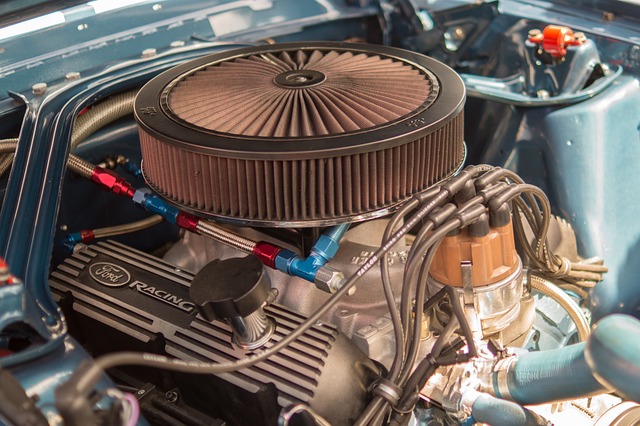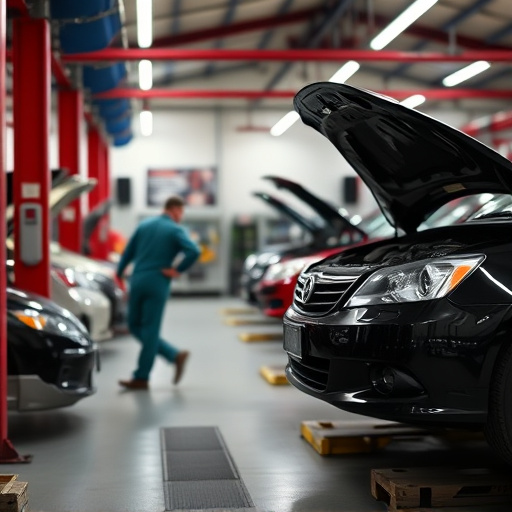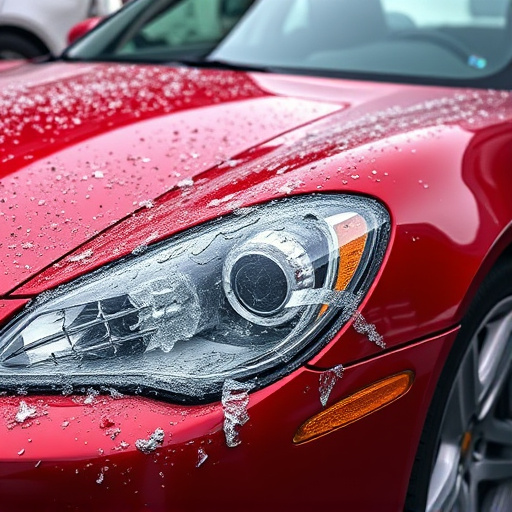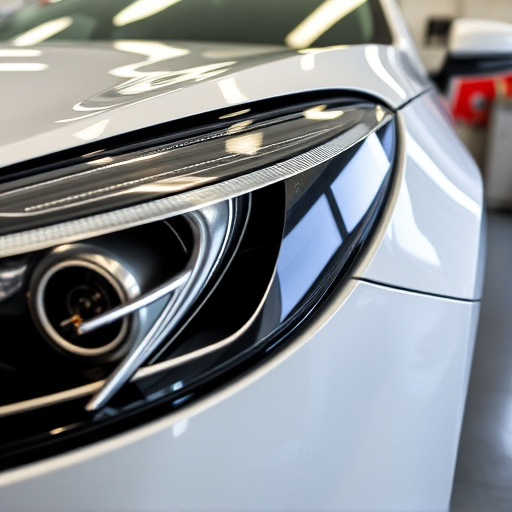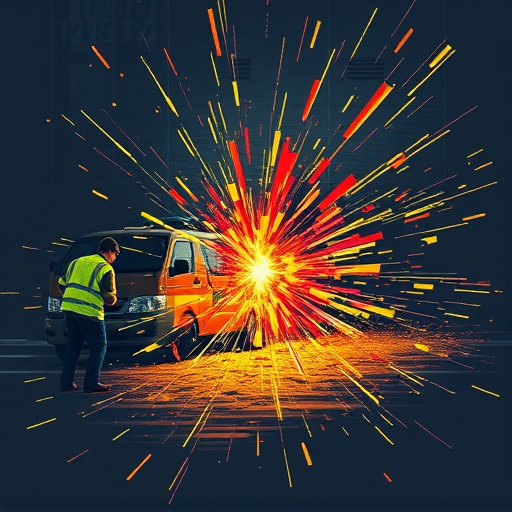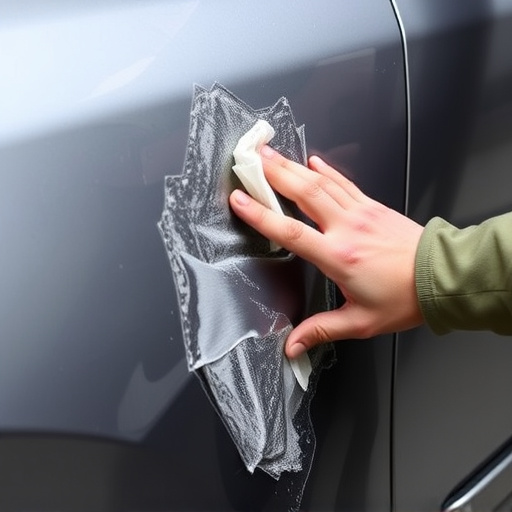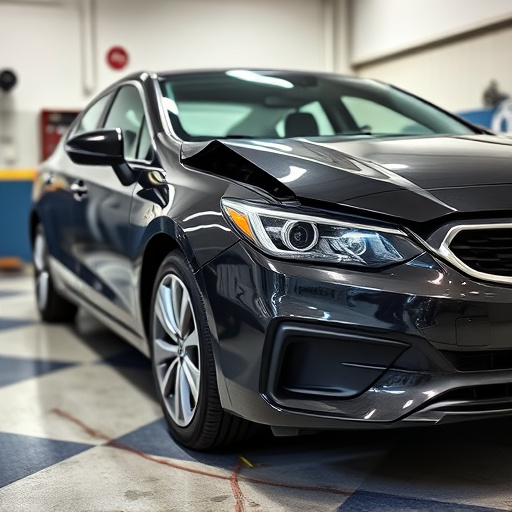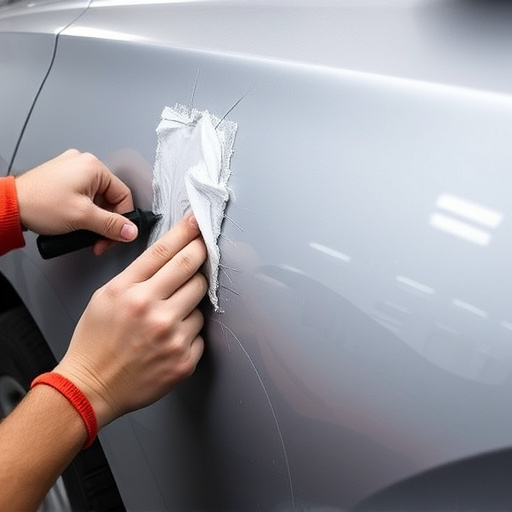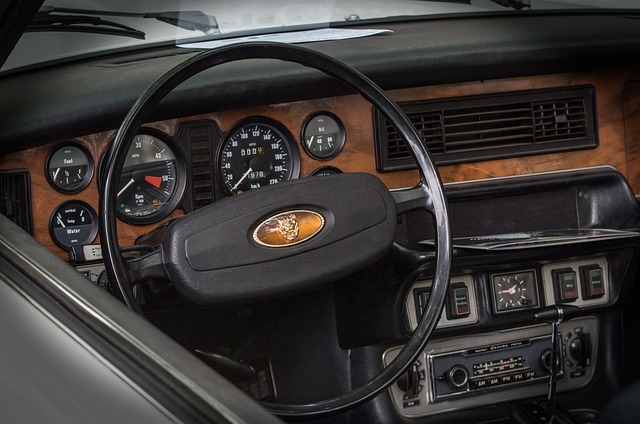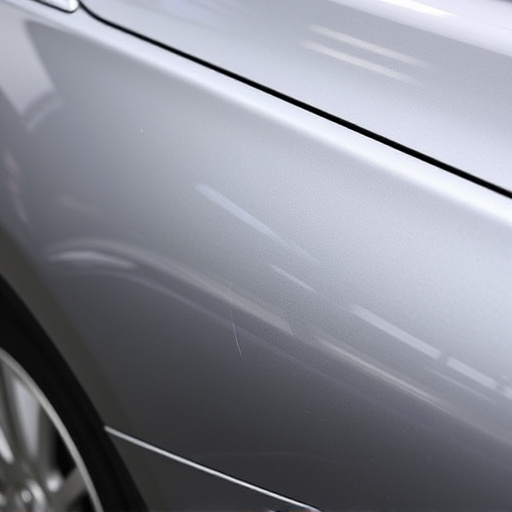Dog leg repair is a specialized process that addresses structural damage to vehicles caused by bent frames, often resulting from accidents. It requires meticulous inspection, precise realignment, and expert manipulation using advanced equipment. This intricate work is highly regulated, mandating specific licenses, certifications, and compliance with local building codes and industry standards to ensure safety and legal adherence. Collision repair shops must maintain rigorous quality control and stay updated on regulations to avoid penalties and ensure structural integrity in dog leg repair.
Dog leg repair, a specialized construction technique, involves reinforcing structural joints prone to failure. As buildings age, understanding and adhering to legal compliance during dog leg repairs are paramount for safety and sustainability. This article delves into the critical aspects of these repairs, exploring procedures, licensing mandates, and compliance measures to ensure structural integrity while navigating regulatory landscapes. By comprehending these requirements, professionals can successfully execute dog leg repair projects, enhancing building longevity.
- Understanding Dog Leg Repair Procedures
- Legal Framework and Licensing Requirements
- Ensuring Compliance for Safe Renovations
Understanding Dog Leg Repair Procedures

Dog leg repair is a specialized procedure aimed at restoring structural integrity to vehicles affected by this common type of car damage. Often caused by collisions or accidents, dog legs — the curved or bent sections of a vehicle’s frame — can compromise safety and handling. Understanding the process involves grasping several key steps. First, professionals inspect the damaged area meticulously using advanced diagnostic tools to assess the extent of the bend.
Next, precise calculations are made to determine the necessary adjustments in realigning the frame. This is followed by carefully controlled manipulation using specialized equipment to straighten the dog leg to its original specifications. In contrast to auto glass repair or even vehicle dent repair, dog leg repair demands exquisite precision and expertise due to the intricate nature of the vehicle’s framework.
Legal Framework and Licensing Requirements

The legal framework surrounding dog leg repair, a specialized procedure addressing structural damage to vehicles, is stringent and varies across jurisdictions. In many regions, auto body shops offering such services are required to possess specific licenses and certifications from relevant automotive or transportation authorities. These regulations aim to ensure that businesses engaged in collision repair, including dog leg repair, maintain high safety standards and employ qualified technicians.
Licensing requirements often involve background checks, demonstration of technical proficiency in various repair techniques, and adherence to environmental protection guidelines, especially concerning the proper disposal of auto parts and hazardous materials. Additionally, shops must comply with insurance mandates, ensuring they can cover potential liabilities arising from the intricate nature of dog leg repair, similar to other specialized services like dent removal or auto glass replacement. Collision repair facilities must also implement robust quality control measures, including staying updated on industry standards and best practices, to maintain legal compliance.
Ensuring Compliance for Safe Renovations

When undertaking dog leg repair, ensuring compliance with legal requirements is paramount to guarantee safe renovations. This involves adhering to local building codes and regulations designed to protect both residents and workers from potential hazards. For instance, in many jurisdictions, structural modifications like dog legs require permits and inspections to verify their integrity and safety. Collision repair shops, often involved in these repairs, must also meet specific standards for equipment maintenance and employee training, especially when dealing with bumper repair or vehicle collision repair processes.
Non-compliance can lead to severe consequences, including fines, project delays, and even structural instability. Thus, it’s crucial for all parties involved—from contractors to collision repair shop professionals—to stay informed about the latest legal requirements. This proactive approach not only ensures regulatory adherence but also contributes to a safer and more durable dog leg repair outcome.
Dog leg repair procedures, while seemingly simple, require a deep understanding of both construction techniques and legal compliance. As discussed in this article, navigating the legal framework and licensing requirements is essential for safe and compliant renovations. By adhering to these guidelines, professionals can ensure that every dog leg repair project not only enhances structural integrity but also meets all necessary regulations.
